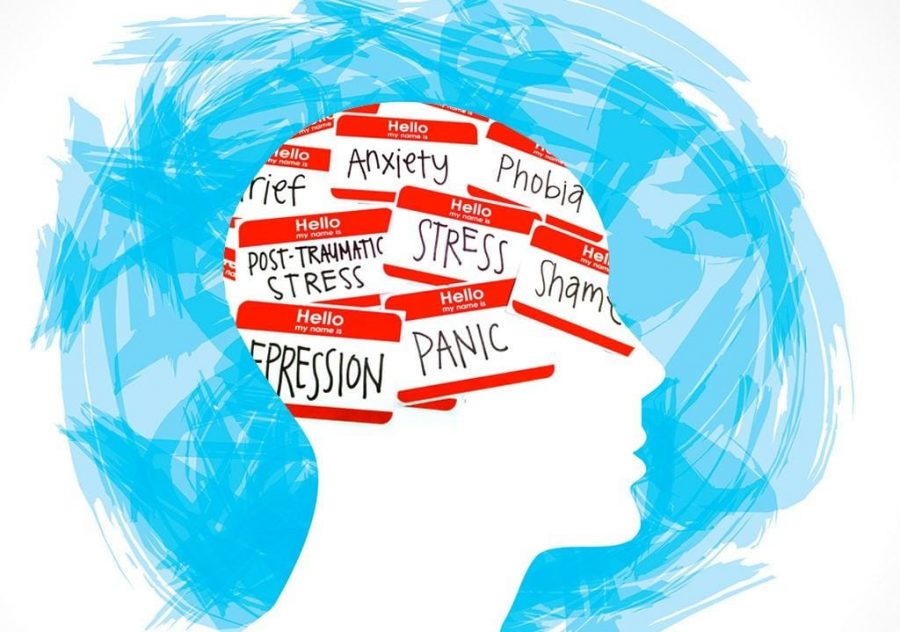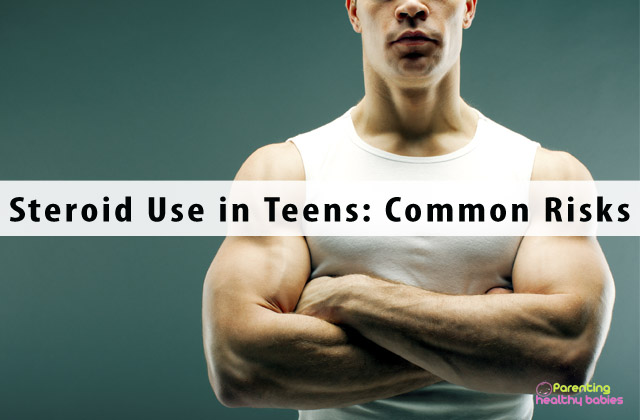Teenage refers to the period of growth between 13 to 19 years of age. During this phase teenagers experience physical, emotional and social changes. There is a high probability that teens come in contact with exposure to poverty, violence, and abuse this can lead to making them vulnerable towards mental health problems. It becomes important to protect teenagers from adversity and to promote their social emotional learning while ensuring their psychological well being.
It is critical for their health to ensure access to mental health care as global figures show that teenagers who experience mental health conditions mostly remain unrecognised and their problems remain untreated. Research shows that nearly 14% teenagers experience mental health conditions which means that every one in seven teens goes through a mental health problem without acknowledging the issues.
When adolescence face a mental health problem they become vulnerable to discrimination, social exclusion and face educational difficulties and physically ill health. They become vulnerable towards stigma, effective readiness to seek help.
Most social and emotional habits are developed during adolescence as it is a crucial period which affects mental well being. Habits like exercising regularly, inculcating healthy sleep patterns, learning to manage emotions are all developed during this phase. Apart from this problem solving skills, coping mechanisms and interpersonal skills also get developed so it becomes important that a protective and supportive environment is provided in the family and as well as school.
What Are The Factors Affecting Mental Health?
Adolescents are exposed to various factors that affect mental health and the more number of factors lead to greater potential impact to their mental health as well. Exposure to adversity, exploration of identity and the pressure to confirm with peers are the contributing factors which leads towards stress in teenagers.
Excessive social media influence and gender norms in society can make the situation worse for a teenager who finds great difference between their reality and the perception of their aspirations for the future.
Mental health of teenagers is also often affected by the quality of home life they lead and their relationships with peers, another important determinant is violence especially sexual violence and bullying or harsh parenting. All these factors influence the mental health of the teenager.
Due to their living conditions, some teenagers may be at a greater risk of developing a mental health condition rather than others. For example teenagers who live in fragile settings or the ones who suffer with a chronic illness neurological condition or intellectual disability, are those who are forced in early marriages, orphans and teenagers who come from discriminated groups.
Teenage Mental Health Statistics
Below mentioned are the mental health statistics of teen depression and these are quite disturbing. Suicide.org has provided sufficient data according to which teen and adolescent suicides have continued to rise dramatically in recent years.
- For every 100 min a teen takes his/her life
- Among people aged between 15 to 24 the third leading cause of death for them is suicide
- 20% teens who go through mental illness like depression even before they reach adulthood.
- Study shows that 10 to 15% teenagers who suffer from symptoms are not treated and treatment is given to only 30%.
- Female teenagers are twice more at risk for depression and suicide then males
- Adolescents who experience abuse and are neglected are more at risk.
- Those who suffer from any physical conditions or a chronic illness are more at risk than the others.
- Mood disorder like depression, bipolar disorder, oppositional defiant disorder is experienced by 11% of teens.
- Among one in 7 teens aged between 10 to 18 years will run away when given the chance , according to the research 8% of teenagers have post traumatic stress disorder or a anxiety disorder
What Leads To Mental Problems In Teenage?
20 to 50% of teenagers who suffer from depression have a family history of mental illness or depression. This means that their family member has had depression or some other mental issue.
According to research approximately 2/3 of teenagers suffer with major depression and they also battle with mood disorders like this dysthymia, substance abuse from anxiety and anti social behaviour and most of them untreated mental problems.
Adolescents who have been a victim of trauma at home or family disharmony like a divorce or death of a parent during teenage are likely to develop a serious mental illness. Parts of American Academy of child and adolescent psychiatry, suicide remains the sixth leading cause of death among children aged between 5 to 14 years and it is a 3rd leading cause of death among teenagers who are aged between 15 to 25 years.
Almost half of mental illness cases begin at the age of 14 and the average delay that a teenager or child experiences between experiencing symptoms and receiving mental health help is eight to 10 years. Aged 14 years or older and who suffer from a mental illness drop out of this school most of the time.
What Does This Indicate?
Suicide saw a decline in the 1990s but after that it has been increasing every year And while no one can explain why experts say that teenagers these days probably face more pressure at school or home and they also worry about financial issues in their families and the usage of alcohol and drugs is more among them.
It is seen that certain group of teenagers have high rates of suffering from two mental diseases simultaneously as they experience health conditions and display risky behaviours, this makes them particularly vulnerable towards poor health.
Teenagers who are from poor family or live in the foster care system or are homeless may have high rates of chronic health problems. Teenagers who are lesbian gay bisexual or transgender may engage in more risky behaviour and feel threatened as compared to overall teenage population.
References
https://www.mentalhealth.org.uk/statistics/mental-health-statistics-children-and-young-people
https://discoverymood.com/blog/todays-teens-depressed-ever/
https://www.google.com/url?q=https://opa.hhs.gov/adolescent-health/mental-health-adolescents&usg=AOvVaw2j6psNsbsFomK2n13ZOAlK
https://www.who.int/news-room/fact-sheets/detail/adolescent-mental-health













